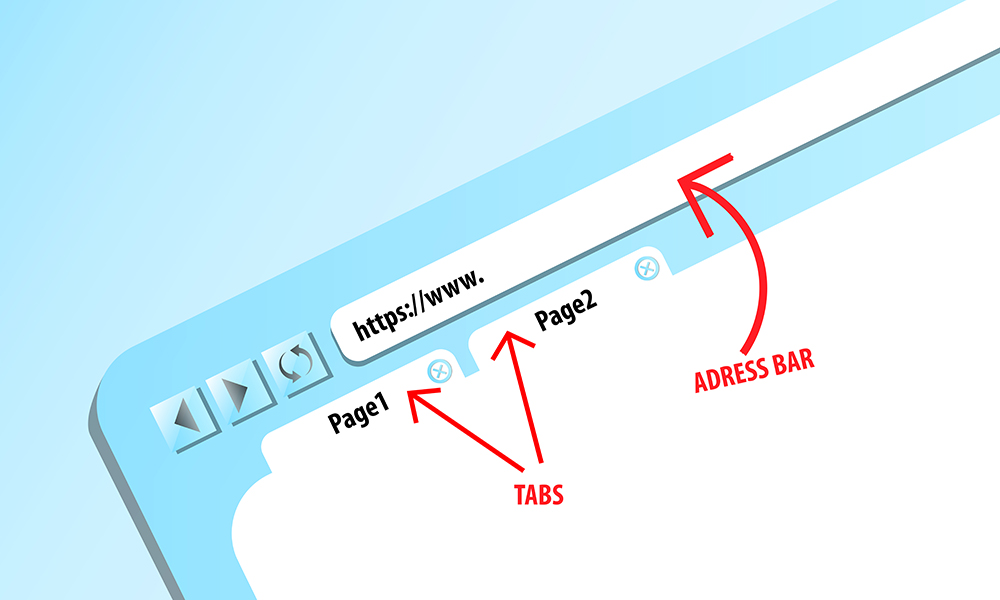
The field located at the very top of your Internet browser where the address of a particular website you want to visit is typed or in which there is Internet address of the site you are currently visiting is called the address bar, but also the location bar and the URL bar.
In short, the field called the address bar serves to issue the command to the Internet browser on which page you want to visit.
The address bar example is http://www.akademijaoxford.com/ or http://www.srednjaskola-svarhangel.edu.rs/ . As you can see, the address bar consists of several elements, first of all an http or https URL scheme, followed by characters:// that are written without any space. Then follows the name of a particular Internet domain, followed immediately by the server address or extensions (.com, .edu.rs, .rs, .net or any other on which a particular site is located).
So we come to the conclusion that the address bar or location or URL bar actually refers to locating a particular website or blog on a global network. Although address bar and URL or URI are often identified, you need to bear in mind that the primary function of a URL or URI is to point to the location of a particular website, and provide basic access mechanisms to access that particular web page. Depending on the search settings within a specified web browser, a user can get an offer for a particular web address after typing the first few letters of a website name, and the options that the browser offers are completely dependent on the search history and personalized settings of a particular web browser.
Very often within certain web browsers, there is an option for marking, or storing the so-called bookmarks, by which the user gets the opportunity to save certain websites he/she visited or visits more often than others, so one click on that icon is enough to enter a particular website. Bookmarks are located just below the address bar, for example in the Google Chrome browser. In this way, the user saves a lot of time, because he does not have to type the address in the address bar or to remember the addresses of a particular website he wants to visit.
Each browser has different functions when it comes to the address bar, so for example, web browsers "Safari" and "Opera" offer users the ability to see how many percentages and portions of a particular page are loaded at what time. While the Internet Browser "Google Chrome" quickly recognizes a specific Internet address and offers page suggestions based on the search history. Of course, all of these features depend on the settings within the web browser, which vary from user to user, and by which each user can greatly save time and effort to find a particular website or blog he wants to visit.